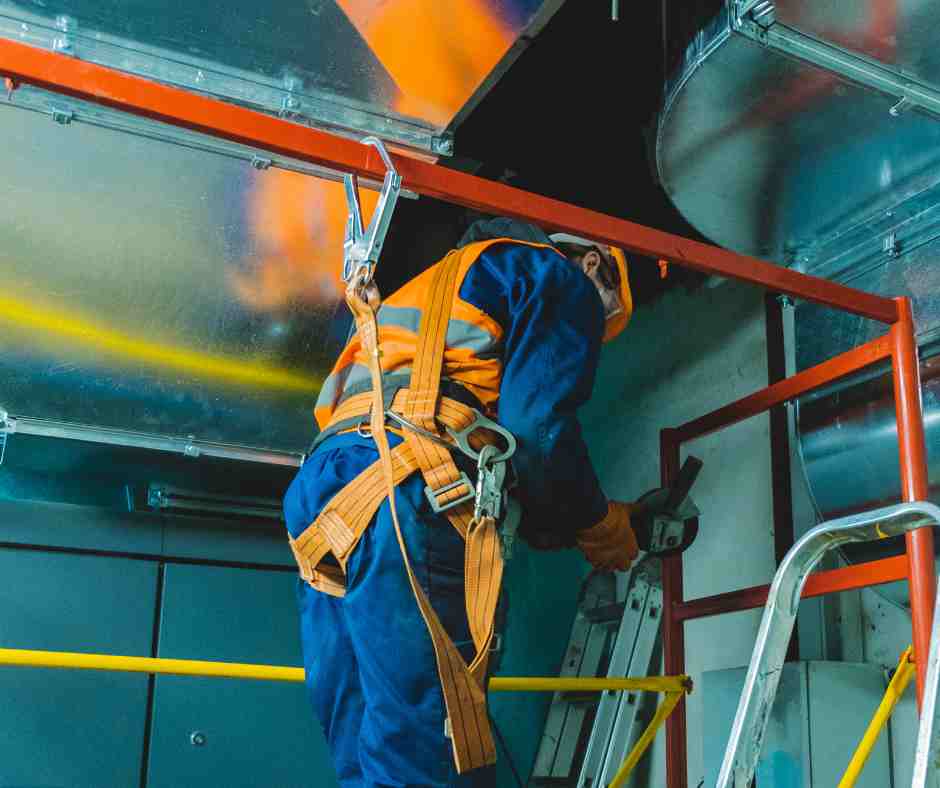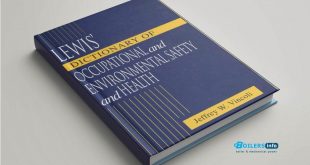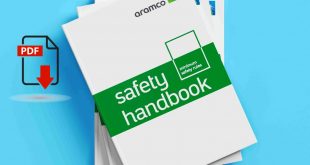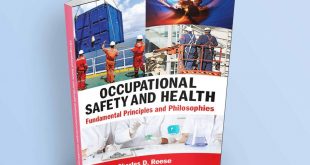Accident and incident prevention is essential for ensuring the safety and well-being of workers, preventing property damage, and maintaining the continuity of operations in any industry. By proactively identifying risks and implementing strategies to eliminate or minimize those risks, organizations can create a safer work environment and reduce the occurrence of accidents. This guide explores key techniques and best practices for accident and incident prevention.

Identifying Hazards
The first step in preventing accidents and incidents is identifying potential hazards in the workplace. Hazards can come in various forms, including physical, chemical, ergonomic, and psychosocial factors. Effective hazard identification involves:
- Workplace Inspections: Regular, thorough inspections of the workplace are essential to identify and assess hazards. This can include examining machinery, equipment, chemicals, and work environments for potential risks.
- Job Safety Analysis (JSA): Conducting JSAs for specific tasks allows companies to identify hazards related to particular jobs or operations. By breaking down each task step by step, companies can assess the associated risks and determine how to mitigate them.
- Employee Feedback: Employees who are directly involved in day-to-day tasks often have valuable insights into potential hazards. Encouraging employees to report safety concerns and providing a platform for feedback is crucial for identifying issues early.
Risk Assessment and Management
Once hazards have been identified, the next step is conducting a risk assessment to evaluate the likelihood and severity of potential accidents or incidents. This helps prioritize the implementation of safety measures. Risk management involves:
- Risk Analysis: Assessing the probability of accidents occurring and the potential consequences. This can be done using qualitative or quantitative methods, such as risk matrices or fault tree analysis.
- Control Measures: Based on the risk assessment, organizations can develop control measures to eliminate or reduce risks. The hierarchy of controls includes:
- Elimination: Removing the hazard entirely from the workplace.
- Substitution: Replacing a hazardous process or material with a safer alternative.
- Engineering Controls: Implementing physical changes to the workplace, such as installing safety guards, ventilation systems, or machine enclosures.
- Administrative Controls: Changing work procedures or practices to reduce exposure to hazards, such as rotating workers or setting specific work hours.
- Personal Protective Equipment (PPE): Providing workers with appropriate PPE to protect them from hazards when other controls are not feasible.
Safety Training and Education
A well-trained workforce is crucial for preventing accidents and incidents. Regular safety training ensures that employees understand the hazards in their work environment and are aware of the procedures and protocols for managing those risks. Key components of safety training include:
- General Safety Awareness: Teaching employees about basic safety rules, emergency procedures, and how to recognize and report hazards.
- Task-Specific Training: Providing specialized training for employees who operate machinery, handle hazardous materials, or work in high-risk environments.
- Emergency Response Training: Ensuring employees are familiar with the proper actions to take during emergencies, such as evacuations, fire drills, or medical emergencies.
- Continuous Education: Safety training should not be a one-time event. Ongoing education, refresher courses, and staying up-to-date with new safety regulations and practices are critical for maintaining a safe work environment.
Safety Culture and Leadership
Creating a positive safety culture is essential for accident and incident prevention. Safety culture refers to the attitudes, beliefs, and behaviors related to safety that are shared by employees and management. Leaders play a key role in fostering this culture by:
- Leading by Example: Management and supervisors should demonstrate a commitment to safety by following safety protocols, participating in training, and prioritizing safety in decision-making.
- Open Communication: Encouraging open lines of communication regarding safety concerns, and creating a culture where employees feel comfortable reporting hazards or unsafe behaviors without fear of retaliation.
- Employee Involvement: Engaging employees in safety initiatives, such as safety committees, hazard identification, or safety audits, empowers them to take ownership of workplace safety and contributes to a proactive safety environment.
- Recognition and Incentives: Recognizing employees who consistently follow safety practices and rewarding safe behaviors helps to reinforce the importance of safety and encourages a positive safety culture.
Incident Investigation and Root Cause Analysis
When accidents or incidents do occur, it is essential to investigate them thoroughly to understand the underlying causes and prevent similar events in the future. This process involves:
- Incident Reporting: Establishing a system for employees to report accidents or near-misses in a timely and non-punitive manner.
- Root Cause Analysis (RCA): Investigating the root causes of incidents to determine why they happened, rather than just addressing the immediate causes. Techniques like the “5 Whys” or Fishbone Diagram (Ishikawa) can help uncover systemic issues.
- Corrective Actions: Based on the findings from the investigation, corrective actions should be implemented to eliminate the root causes and prevent recurrence. This could involve changes in procedures, additional training, or improvements in equipment.
Safety Audits and Inspections
Regular safety audits and inspections are vital for ensuring ongoing compliance with safety regulations and assessing the effectiveness of safety programs. Safety audits can identify areas where safety practices need improvement, and regular inspections can detect new or emerging hazards. Key elements of safety audits and inspections include:
- Routine Inspections: Conducting regular checks of equipment, machinery, and work areas to identify hazards and ensure that safety protocols are being followed.
- Compliance Checks: Ensuring that the organization adheres to local, state, and federal safety regulations, as well as industry standards.
- Safety Audits: Reviewing the organization’s overall safety program, including policies, training programs, and incident reports, to identify areas for improvement and ensure continuous safety improvement.
Technology and Innovation in Safety
Advancements in technology are transforming the way safety is managed in the workplace. Some technological innovations that contribute to accident and incident prevention include:
- Wearable Safety Devices: Devices such as smart helmets, vests, and wristbands can monitor workers’ health metrics, environmental conditions, and even detect hazards like gas leaks or excessive noise levels.
- Safety Management Software: Cloud-based software helps organizations track safety performance, manage training records, schedule inspections, and analyze incident reports to identify trends and areas for improvement.
- Automation and Robotics: The use of automation and robotics reduces the need for human workers to perform dangerous tasks, minimizing the risk of accidents.
Conclusion & Book
Accident and incident prevention is an ongoing process that requires a proactive approach, strong leadership, and the involvement of all employees. By identifying hazards, conducting risk assessments, implementing control measures, providing continuous safety training, fostering a positive safety culture, and using technology to enhance safety measures, organizations can significantly reduce the likelihood of accidents and incidents. When incidents do occur, thorough investigations and corrective actions are necessary to learn from those events and continuously improve workplace safety.
 Boilersinfo Boiler and Mechanical Power Digital Library
Boilersinfo Boiler and Mechanical Power Digital Library





